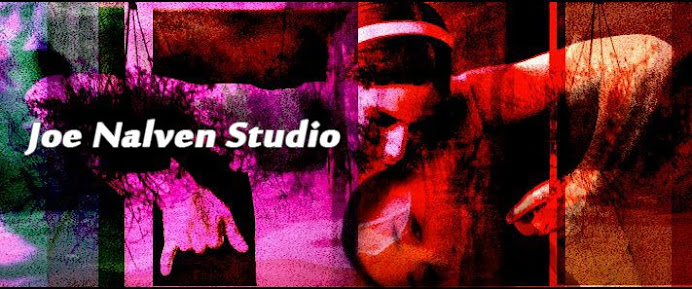
I draw a connection between Socrates' invitation to think and art. Socrates opined that
an unexamined life is not worth living. One path to examining life is to force art -- or the art that I wield -- into this process. Art can be uneventful as driving a bus unless one travels with zen (and yes, even driving a bus can be an examination of life, but I am doing art at the moment). Getting up in the morning and looking out into my backyard, a wonder of fog hanging just beyond the fence, the trees waiting for me in their shroud. Up goes my digital infrared camera and snap, snap. But why stop the examination there? Can it be that our eyes render that 'reality' in the only manner of perception? No. That is what the art process we select allows.

We can travel down many paths, pulling and shoving that snap, snap in ways still unthought. A socratic dialogue moves in one direction, photoshop manipulation in another. Both can be in the zen zone. Both make life worth living. Of course, there is the devil in me who just can't resist posing the philistine argument: the individual exists simply for the reproduction of the species. But I'll save that for another blog. This blog is about art and for this moment I will only indulge one illusion at a time.
 I draw a connection between Socrates' invitation to think and art. Socrates opined that an unexamined life is not worth living. One path to examining life is to force art -- or the art that I wield -- into this process. Art can be uneventful as driving a bus unless one travels with zen (and yes, even driving a bus can be an examination of life, but I am doing art at the moment). Getting up in the morning and looking out into my backyard, a wonder of fog hanging just beyond the fence, the trees waiting for me in their shroud. Up goes my digital infrared camera and snap, snap. But why stop the examination there? Can it be that our eyes render that 'reality' in the only manner of perception? No. That is what the art process we select allows.
I draw a connection between Socrates' invitation to think and art. Socrates opined that an unexamined life is not worth living. One path to examining life is to force art -- or the art that I wield -- into this process. Art can be uneventful as driving a bus unless one travels with zen (and yes, even driving a bus can be an examination of life, but I am doing art at the moment). Getting up in the morning and looking out into my backyard, a wonder of fog hanging just beyond the fence, the trees waiting for me in their shroud. Up goes my digital infrared camera and snap, snap. But why stop the examination there? Can it be that our eyes render that 'reality' in the only manner of perception? No. That is what the art process we select allows. We can travel down many paths, pulling and shoving that snap, snap in ways still unthought. A socratic dialogue moves in one direction, photoshop manipulation in another. Both can be in the zen zone. Both make life worth living. Of course, there is the devil in me who just can't resist posing the philistine argument: the individual exists simply for the reproduction of the species. But I'll save that for another blog. This blog is about art and for this moment I will only indulge one illusion at a time.
We can travel down many paths, pulling and shoving that snap, snap in ways still unthought. A socratic dialogue moves in one direction, photoshop manipulation in another. Both can be in the zen zone. Both make life worth living. Of course, there is the devil in me who just can't resist posing the philistine argument: the individual exists simply for the reproduction of the species. But I'll save that for another blog. This blog is about art and for this moment I will only indulge one illusion at a time.







